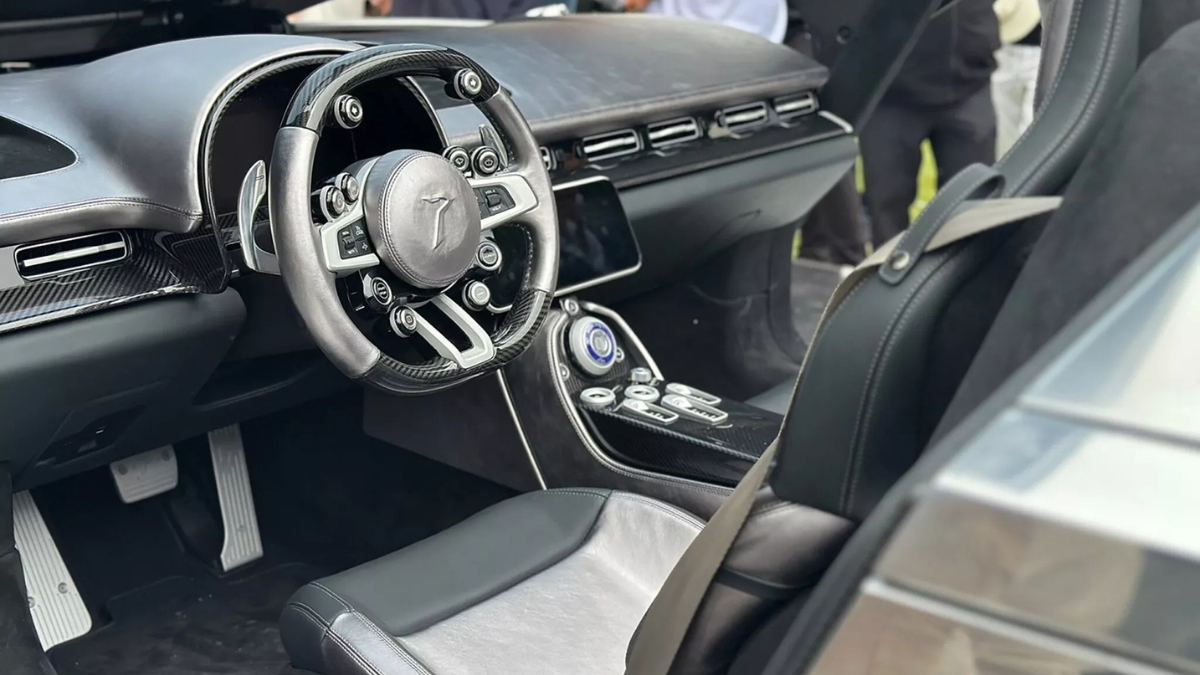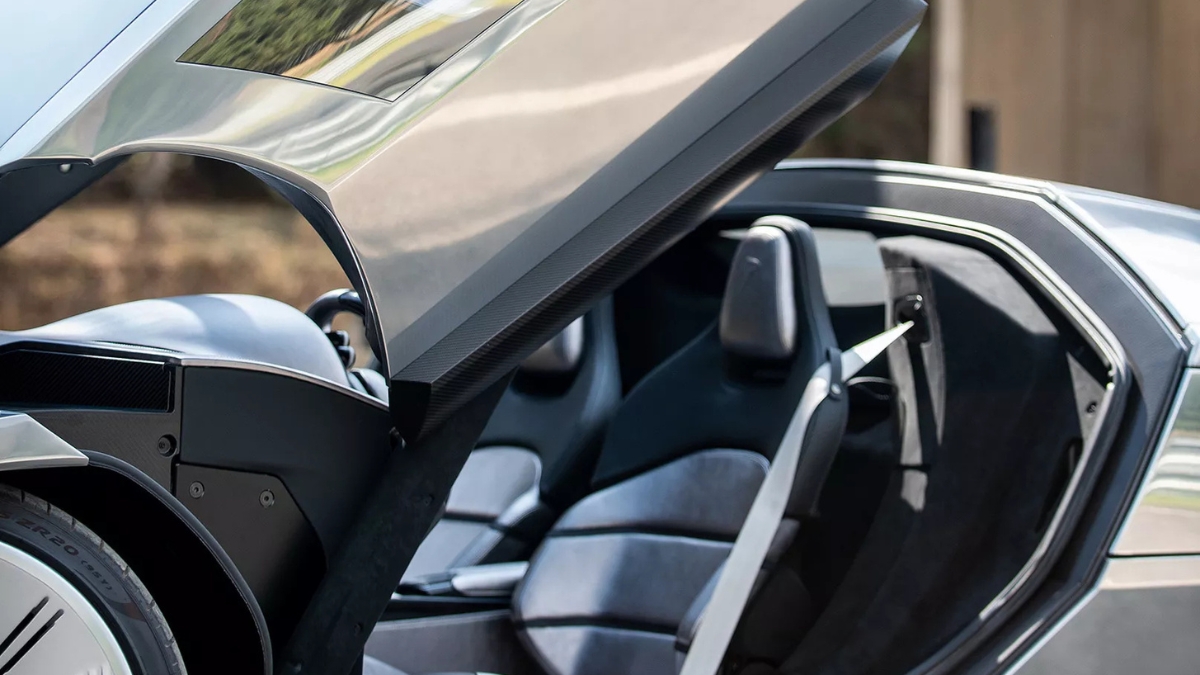Tesla’s Cybertruck has sparked widespread discussion in the automotive industry due to its bold wedge-shaped design and unpainted stainless steel exoskeleton. Unlike traditional pickup trucks that feature curves and aerodynamic contours, the Cybertruck embraces sharp angles and a monolithic form. This futuristic design is both a nod to classic wedge-shaped supercars of the past and a symbol of Tesla’s innovative approach to electric mobility. While the Cybertruck has divided opinions, its unique construction and groundbreaking technology make it one of the most talked-about vehicles in recent years.
The Evolution of Wedge-Shaped Automotive Design
The wedge-shaped design has been a hallmark of automotive innovation since the late 1960s. Concept cars such as the Maserati Boomerang and Lamborghini Countach introduced this radical styling, prioritizing aerodynamics and futuristic aesthetics. These vehicles were designed to slice through the air efficiently, reducing drag while maintaining an aggressive and sporty look. Over the years, the wedge shape became synonymous with high-performance cars, influencing many models that followed.
Tesla has redefined this classic design language by applying it to a utility vehicle rather than a sports car. The Cybertruck’s geometric bodywork, constructed from ultra-hard stainless steel, is unlike anything seen before in the pickup truck segment. While the design is polarizing, it is undeniably a bold departure from conventional trucks, demonstrating Tesla’s commitment to pushing the boundaries of automotive design and engineering.
Why Tesla Chose a Stainless Steel Alloy Body
The Cybertruck’s stainless steel exoskeleton is not just a design choice—it serves multiple practical functions. Unlike aluminum or traditional steel, stainless steel is highly resistant to corrosion, providing exceptional durability. It also eliminates the need for paint, reducing long-term maintenance concerns and making the vehicle less susceptible to scratches and dents. However, working with stainless steel presents manufacturing challenges, as it is heavier and more difficult to mold compared to aluminum.


